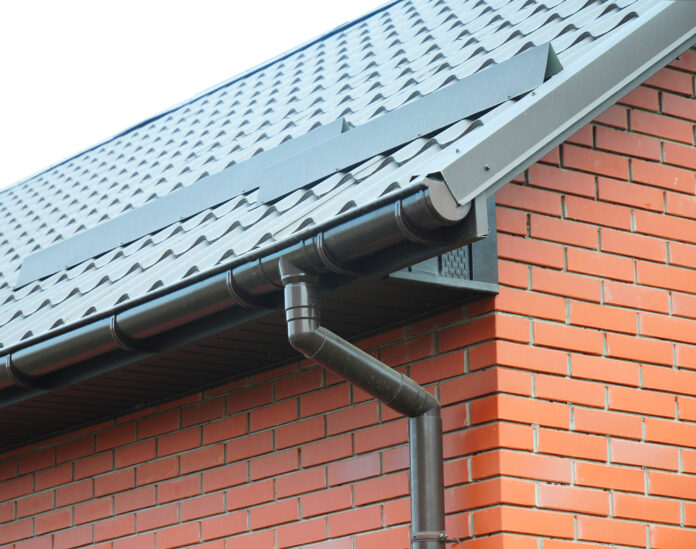The coronavirus situation paved the way to make work-from-home setup the new normal. If you’re one of the many people staying in their houses for prolonged periods, areas needing fixing or replacing may now be more noticeable.
One of the places you should be inspecting regularly is your gutters. This part of your property protects your residence from moisture-related issues like mold and mildew. It serves to contain rainwater during rainy days and carries the water away from your home, and a broken gutter would lead to more damages to your house.
Considerations for Installing Gutter
If your home is several years old already, it may be high time to replace these home peripherals. There are lots of reliable gutter installation companies out there to help you with the project. On the other hand, you can also take on the task yourself if you’re confident in your capabilities.
Here are some tips you should consider:
1. Have a Plan
As with any project, you should develop a plan on the steps you need to go through to install your gutters successfully. Inspect the areas of your home thoroughly and check the surrounding parts of the gutter system, not just the fixtures themselves.
For instance, you should be mindful of rotted wood indicators. You’ll need to replace these before you can install your rain gutters to avoid redoing the job in the future.
You should also prepare the necessary tools such as:
- Extension ladders — visit the Platforms and Ladders website
- Heavy-duty gloves
- Safety goggles
- Power drills
- Markers
- Measuring tape
- Screws
- Gutter brackets
- Construction glues and sealants
- Caulking gun
- Tin snips
Having a plan can help you put up your gutters successfully while ensuring you nip the drainage issue in the bud.
2. Understand Your Gutter System
Next, you should know the different parts of your gutter system and identify the mounting details. In this way, you can purchase the correct attachments and tools for the project.
These are the typical parts of your system:
- Gutter – This pertains to the container collecting water.
- Slip Connector – This one joins the different portions of the gutter to create a single piece of attachment.
- End Cap – It blocks the end of the gutter to prevent water from falling off.
- Downspout – It’s usually attached right before the end caps. This is where the collected water flows down from the gutter and directs the fluid to the ground.
- Elbow – Elbows are used when you want the downspout’s flow to change direction.
- Splash Block – This attachment absorbs the impact from the water discharged by the downspout. It’s useful for preventing soil erosion.
3. Determine Your Budget
Creating a plan and understanding your gutter system can help you in this next step since home improvement projects can take a toll on your budget. Fortunately, when you know the parts needing replacement or repair, you can find them easily in the store. Through this, you can be aware of how much each cost and plan the expenses accordingly.
You can also calculate whether the undertaking would be more costly if you do it yourself or if you hire a contractor offering an all-in price for their services. Consider asking the rates of contractors near your area and compare the prices.
4. Master the Measurements
Aside from knowing how to get the length, width, and height measurements accurately, you should also master how to measure slopes. Remember, your gutters must carry water away from your home. It should facilitate the flow rather than keeping it stagnant in one area or, worse, bringing it into your house.
The rule is the downspout should be angled at a fourth of an inch for every 10 feet of gutter. Include the measurements as you develop your gutter installation plan to ensure every component fits perfectly.
5. Enlist Help
There’s a reason you seldom see contractors working alone on a project. Even the simplest tasks are made easier when more hands are doing them.
Even if you’ll install gutter by yourself, you’ll still want to enlist the help of a friend to lend a hand when you start the actual project. You need someone to aid you in carrying the gutters and holding the fixtures as you screw them in place.
Conclusion
If you’ve always enjoyed fixing things within your home and you’ve earned the necessary skills to succeed in these types of projects, you can do some gutter installation by yourself. Just make sure you have a plan and an extensive understanding of how the system works, so you won’t encounter structural problems in the future.
Find a Home-Based Business to Start-Up >>> Hundreds of Business Listings.
















































